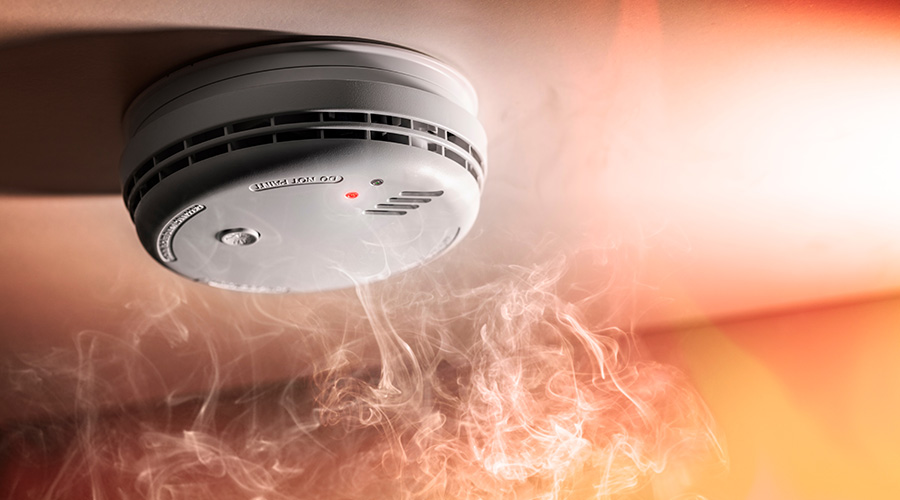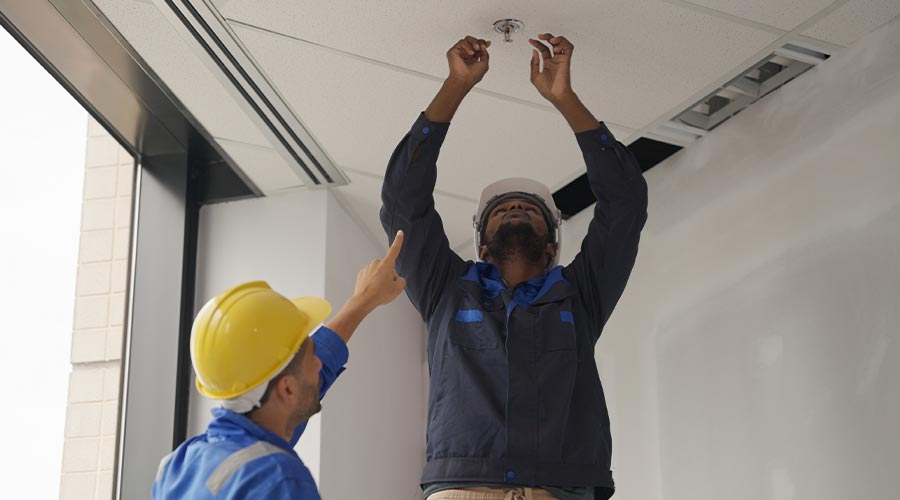 Each fire safety component performs a specific job or task that contributes to an overall safe building.
Each fire safety component performs a specific job or task that contributes to an overall safe building.How to Manage Fire and Life Safety Over a Building's Whole Life
The safety system is an ecosystem — neglect in one area can cause the entire system to fail.
A few years ago, the National Fire Protection Association (NFPA) coined the phrase, “Fire and Life Safety Ecosystem,” at its 2019 annual conference. The NFPA Fire and Life Safety Ecosystem is comprised of eight interdependent elements that work together harmoniously to achieve a safe environment.
Similar to our natural ecosystem, removing any element can cause a complete collapse of the entire fire and life safety ecosystem, resulting in tragedy. This hits home because many codes and standards were historically developed as a reaction to tragic events. Although these tragedies have decreased as our industry has learned, adapted, and complied with new codes, fires continue to claim thousands of lives every year. Each code cycle additions are made to the codes based on a tragedy that claimed someone’s life. Often, these events result from faulty, incorrectly installed, or inadequately maintained fire protection and life safety systems. Fortunately, facilities and building operations managers can take steps to help minimize and mitigate these risks.
While the NFPA Fire and Life Safety Ecosystem is focused on the entire industry, the fire protection and life safety system components within each building work harmoniously in their own ecosystem. If one of these components is removed or fails, then the rest of the ecosystem experiences increased strain that could cause system failure. When considering how to manage this ecosystem, it’s helpful to think of fire protection and life safety systems in terms of lifecycle. Each component of these various systems performs a specific job or task that contributes to an overall safe building.
Buildings consist of passive and active fire protection and life safety systems. The NFPA Fire Protection Handbook defines passive systems as those that do not require any external power but relies instead on specific construction features and the use of materials, products, and building elements to provide protection. Active systems, on the other hand, require manual, mechanical, or electrical power to operate. Buildings need both system types to keep occupants safe, and both types must be effectively managed.
To provide a common day-to-day example, think of a room surrounded by a smoke barrier, a stairwell, or a wall in the means of egress. These areas are critical to health and safety because they protect building occupants from the harmful effects of smoke and flames. Buildings change over time and new wires, piping and renovations to the building occur, but are the penetrations in these critical smoke barriers properly sealed and maintained? Sometimes they are, but unfortunately, in many instances, they are not. A single penetration in a smoke barrier can fill an adjacent room with smoke in a matter of minutes. These precious minutes could be the difference between life or death.
This example offers a realistic depiction of the current state of many fire protection and life safety systems and components within existing buildings. Time, mere seconds in a fire, means everything for safely evacuating or relocating occupants out of harm’s way.
Each person who touches these system components has the critical responsibility of ensuring the component is operating as originally designed and that occupant protection is continuously maintained. The industry has become increasingly lackadaisical about this level of protection by tolerating low bidding but unqualified contractors to perform work, cutting corners internally and externally, not fully appreciating and communicating the potential life safety risks, and inconsistent codes and standards enforcement.
However, this behavior can be corrected with a lifecycle approach to managing these systems.
Related Topics:













